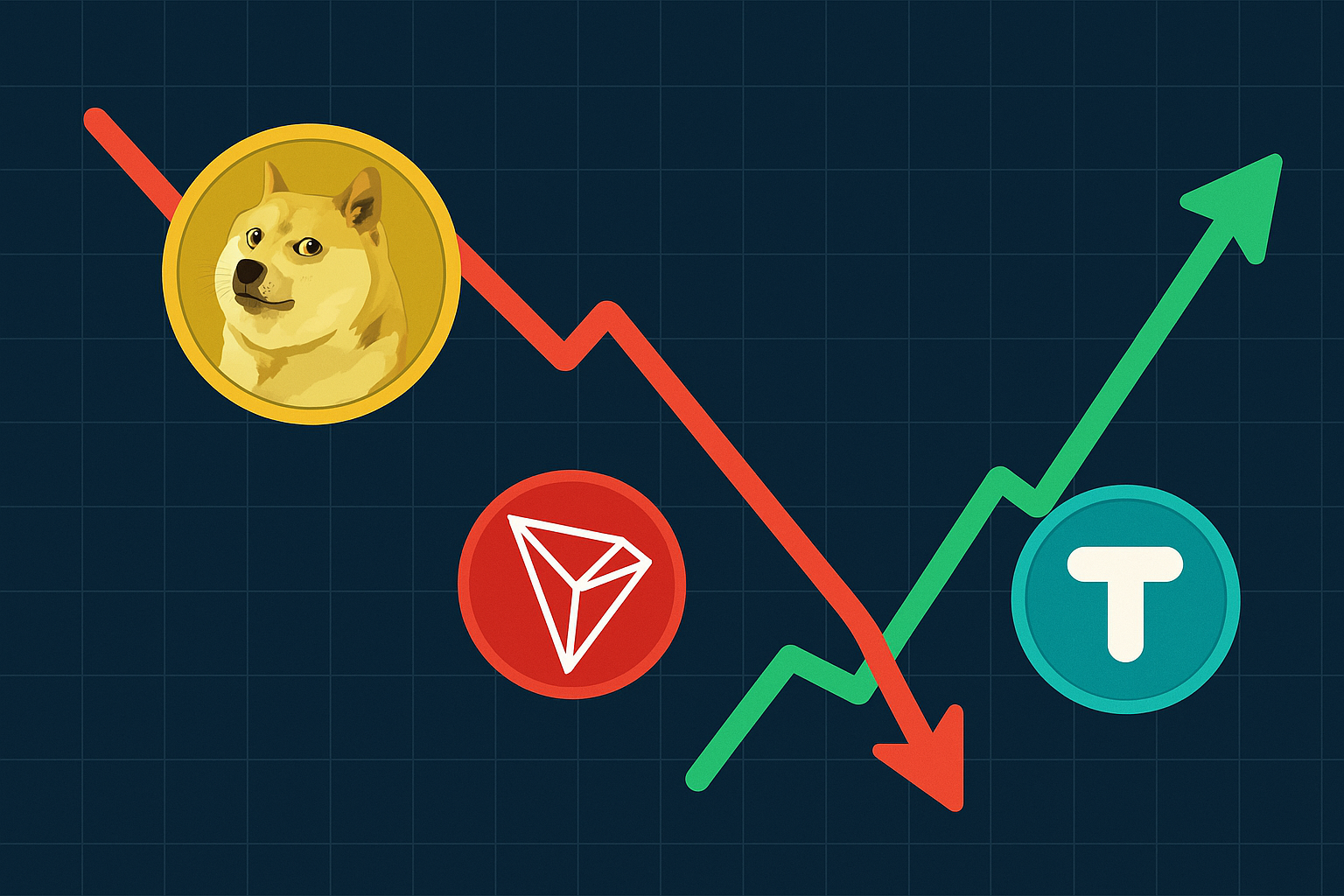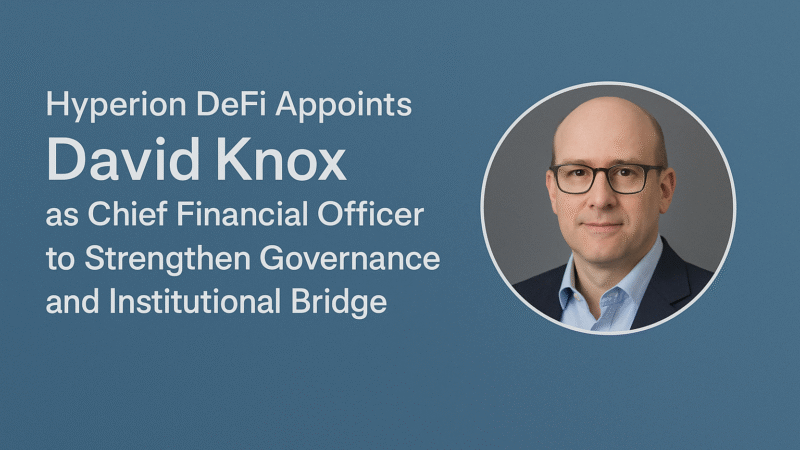Institutional Adoption Of DeFi And The Future Of Tokenisation In Global Finance
Introduction
Decentralised Finance, better known as DeFi, has moved far beyond its early reputation as a niche experiment within the cryptocurrency ecosystem. What began as a small community of developers and innovators experimenting with smart contracts and blockchain-based financial applications is now attracting the attention of some of the largest institutions in global finance. Today, companies like BlackRock, JPMorgan, and Franklin Templeton are actively exploring or deploying DeFi solutions, with tokenisation at the centre of their strategies. This growing momentum signals a profound transformation in how financial markets will operate in the coming decades.
Why Institutional Adoption Matters For DeFi?
For years, DeFi protocols operated largely outside the mainstream financial system. While these platforms offered groundbreaking innovations such as permissionless lending, automated market making, and yield farming, they often lacked the trust and capital needed to scale into global financial infrastructure. Institutions bring the credibility, resources, and compliance frameworks that can bridge DeFi with traditional finance.
When BlackRock, the world’s largest asset manager, launches a tokenised treasury fund, or when JPMorgan uses blockchain to settle intraday repurchase agreements, it sends a signal to regulators, investors, and competitors that DeFi is not just a trend but a foundational layer of the future financial system. Institutional adoption also helps legitimize DeFi in the eyes of conservative investors who may be wary of the risks associated with the sector.
Tokenisation: Unlocking The Value Of Traditional Assets
One of the most significant drivers of institutional adoption is tokenisation. This process involves converting ownership rights of real-world assets into digital tokens that can be recorded and traded on blockchains. The benefits are wide-ranging:
Liquidity Creation: Assets such as real estate or private loans that are traditionally illiquid can be broken into smaller, tradable tokens. This fractionalisation opens markets to a broader range of investors.
Transparency: Every transaction on the blockchain is recorded and verifiable, reducing risks associated with opaque intermediaries.
Efficiency: Settlements that typically take days in traditional finance can be executed in near-real time with smart contracts.
Global Accessibility: Tokenised assets can be traded across borders without the same barriers found in legacy systems.
In practice, this means investors could one day hold a diversified portfolio of tokenised real estate, government bonds, and corporate debt—all secured and settled on blockchain networks.
BlackRock’s BUIDL Fund: A Landmark In Tokenised Treasuries
A concrete example of tokenisation in action is BlackRock’s “BUIDL” fund. This initiative places U.S. Treasuries on blockchain, allowing investors to access one of the world’s most trusted asset classes through tokenised units. The BUIDL fund demonstrates how tokenisation can bring one of the most stable and liquid financial instruments into the DeFi world.
By putting Treasuries on blockchain, BlackRock is not only enhancing transparency and efficiency but also paving the way for secondary markets that can unlock new sources of liquidity. This is especially relevant in a global context where demand for U.S. Treasuries remains high, and the need for faster, more efficient settlement systems is growing.
The significance of this fund cannot be overstated. It shows that the world’s largest asset manager sees blockchain not just as an experiment but as a critical infrastructure for the future. It also sets a precedent for other institutions to follow suit, further accelerating adoption.
JPMorgan, Franklin Templeton, And The Institutional DeFi Wave
BlackRock is not alone in this space. JPMorgan has been at the forefront of blockchain experimentation for years, launching initiatives like the JPM Coin for wholesale payments and using blockchain networks to streamline intraday repo transactions. These developments highlight the role DeFi can play in solving long-standing inefficiencies in global finance.
Meanwhile, Franklin Templeton has launched tokenised money market funds, giving investors blockchain-based access to traditional investment products. By integrating tokenisation into mainstream funds, Franklin Templeton bridges the gap between traditional finance and decentralised infrastructure.
These examples illustrate that the adoption of DeFi is not limited to one type of institution. Asset managers, banks, and investment firms are all finding use cases where blockchain can enhance their existing services while opening doors to entirely new business models.
Regulatory Catch-Up: Stablecoins And MiCA In Focus
Institutional adoption cannot thrive without regulatory clarity. Governments and regulators around the world are beginning to understand that blockchain-based finance is not a passing trend but a structural shift that requires oversight.
In the United States, lawmakers are moving toward clearer frameworks for stablecoins. Since stablecoins are often the gateway for institutional participation in DeFi, defining their legal and operational parameters is critical. Proper regulation of stablecoins could enhance their stability, increase adoption, and reduce systemic risks.
In Europe, the Markets in Crypto-Assets (MiCA) regulation has come into effect, providing one of the most comprehensive legal frameworks for digital assets. MiCA sets clear guidelines for stablecoins, asset-referenced tokens, and service providers, making Europe one of the most attractive jurisdictions for institutional DeFi projects.
By creating regulatory certainty, both the U.S. and the EU are laying the groundwork for more institutions to enter the DeFi space without fear of legal ambiguity.
Opportunities And Challenges In Institutional DeFi
While the opportunities are vast, institutional adoption of DeFi also comes with challenges. Security remains a key concern, as smart contract vulnerabilities and hacks have historically cost billions of dollars. Institutions require robust risk management and insurance mechanisms before they can fully commit.
Another challenge is interoperability. With so many blockchains and protocols, ensuring seamless integration between systems is essential for scaling institutional adoption. Industry standards and cross-chain solutions will play a critical role in this area.
Finally, cultural differences between traditional finance and DeFi communities cannot be ignored. DeFi has thrived on ideals of openness, permissionlessness, and community governance, while institutions often prioritize control, compliance, and proprietary systems. Bridging these differences will require thoughtful design and collaboration.
The Road Ahead: A Convergence Of TradFi And DeFi
The integration of DeFi tools and tokenisation into institutional finance is not about replacing traditional systems but about convergence. The future of finance will likely involve a hybrid model where blockchain and smart contracts handle efficiency and transparency, while institutions provide governance, stability, and large-scale adoption.
As more assets become tokenised and as regulatory frameworks mature, we can expect DeFi to become an inseparable part of global financial markets. In the same way that digital banking revolutionised payments and transactions in the past decades, DeFi is poised to redefine the very structure of asset ownership and trading in the decades ahead.
The acceleration of institutional adoption is therefore not just a headline but a turning point. With companies like BlackRock, JPMorgan, and Franklin Templeton leading the way, and with regulators providing clearer rules, the foundation for a new financial era is being built today.
Conclusion
Institutional adoption of DeFi represents one of the most significant developments in modern finance. By embracing tokenisation, institutions are unlocking new efficiencies, improving transparency, and expanding access to global markets. BlackRock’s BUIDL fund, Franklin Templeton’s tokenised money market products, and JPMorgan’s blockchain-based repo transactions all demonstrate the real-world potential of this technology.
At the same time, regulatory clarity through frameworks such as MiCA in Europe and stablecoin legislation in the United States is reducing uncertainty and creating fertile ground for further adoption. Challenges remain in terms of security, interoperability, and cultural integration, but the momentum is undeniable.



